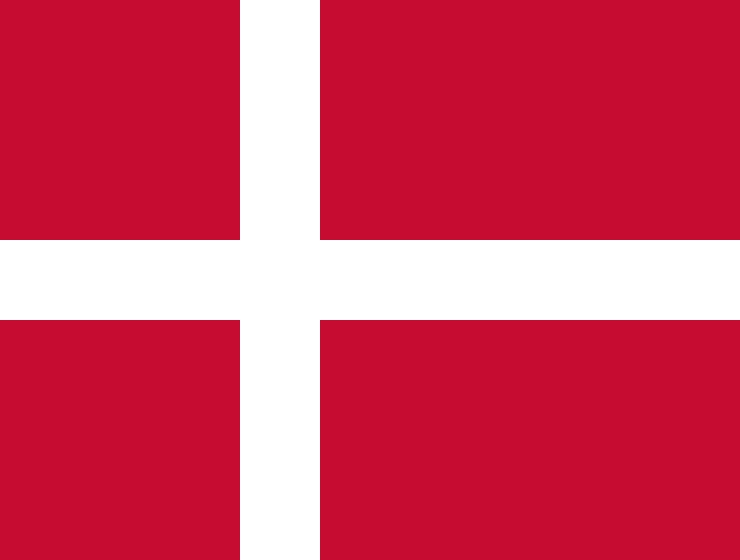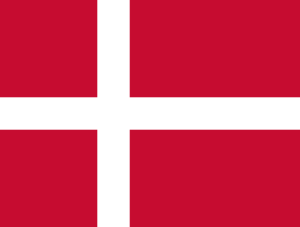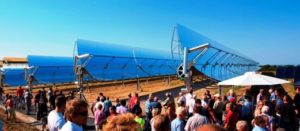Denmark: Launch of Subsidy Scheme for the Industrial Sector
September 26, 2013
Denmark can now look at the “sunny” side of things: Mostly associated with wind, the Scandinavian country has recently had a remarkable record when it comes to solar thermal energy, which is widely used for district heating. In March 2012, the Danish parliament set the ambitious target of a 35% share of renewable energies in the country’s energy consumption by 2020. Maybe the most radical measure to reach this aim was the ban of oil- and gas-fuelled heating systems in new buildings in January 2013. Another was the launch of the investment subsidy scheme Renewable Energies for Production Processes by the Danish Ministry of Climate, Energy and Building.
Since the beginning of August 2013, private enterprises have been able to secure grants from the state energy agency to make their manufacturing lines more environmentally friendly and switch from fossil fuels to renewables energies. Over the course of this year, the government has provided DKK 250 million (EUR 33.5 million) to implement these measures, a budget that will rise to DKK 500 million (EUR 67 million) each year between 2014 and 2020.
“In general, the scheme consists of three components,” Kristian Havskov Sørensen, Chief Adviser Energy Technology at the Danish Energy Agency, says. “It supports energy-efficient renovation, installing renewable energy systems for supplying industrial production processes, as well as connecting production plants to district heating. While we expect most of the projects to involve biomass, e.g., a company replacing coal by wood chips, other forms of renewable energies – such as wind power, photovoltaics and solar thermal energy – are also eligible for subsidies,” he explains. The maximum subsidy amount depends on what size and type of project is to be supported: While large enterprises can receive a maximum of 45% of the eligible costs for renewable energy projects, medium-sized companies can get 55% and small businesses 65% (see more details in the database of incentive programmes.
Havskov Sørensen believes that the new subsidy scheme for investments in energy savings and renewables should be as profitable as other investments in the private sector. He hopes that the scheme will create a new domestic market and a basis for expanding to other countries, as the budget also benefits R&D projects in new renewable technologies. The consultant hopes that the new scheme could help wean 25% of the Danish manufacturing and food industries off fossil fuels until 2020, considerably reducing fossil energy consumption and CO2 emissions.
Two and a half million households in Denmark have domestic heating installations and more than 63% of them are connected to the district heating network. “52% of Denmark’s district heating is green today,” Torben Øllegaard Sørensen, Press Officer at the Danish District Heating Association, says. Together with biomass, it is mainly solar thermal energy that can take the credit for this development, with forty-two large-scale solar district heating stations across the nation. “And more are to open over the next months,” Øllegaard Sørensen announces, adding that – like all energy companies and suppliers – the district heating utilities have also been obliged to reduce their conventional energy use each year.
“The smart thing is that when the sun is shining, you can store its energy in a water pit tank and later use it when people need energy for hot baths or radiators,” he says, refuting critics of renewable energies who have claimed repeatedly that green energy could hardly be stored. In Denmark, one can find some impressive examples to the contrary, with the biggest one being Marstal district heating, which is among the largest solar district heating systems in Europe. Initially, it was working with 18,300 m2 of solar thermal collectors and 10,340 m3 of heat pit storage, but has been expanded since 2010 in the frame of the Sunstore 4 project funded by the EU. Another 15,000 m2 big solar thermal collector field and a 75,000 m3 heat storage pit will be added until June next year.
At the Intersolar 2013 in Munich, Jan Erik Nielsen from Danish consulting company Solarkey gave a presentation on the success factors of solar thermal energy in Denmark. “Besides the long tradition of district heating, I consider the good price and performance of ground-mounted solar collectors together with high taxes on natural gas the decisive factors for the success of solar thermal energy in Denmark.” Simple solar district heating systems with solar fractions between 5 and 25 % are most widely spread, but Nielsen says that “improved storage technology makes higher shares and long-term storage cost-effective, too”.
More information:
Danish Ministry of Climate, Energy and Building: http://www.kebmin.dk/en
Danish Energy Agency: http://www.ens.dk/en
Danish District Heating Association: http://www.fjernvarmen.dk/Faneblade/OmOs.aspx?sc_lang=en
Marstal District Heating: http://www.solarmarstal.dk
Solarkey Int.: http://www.solarkey.dk
Intersolar: http://www.intersolar.de


